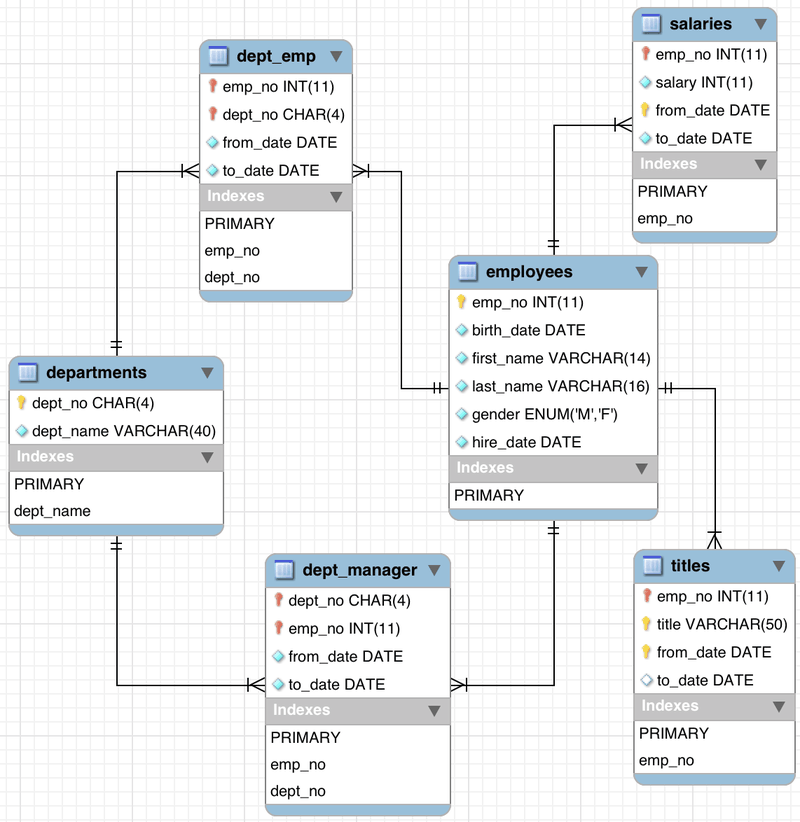Oracle MySQL has implemented GTID differently from MariaDB; this
article walks through some of the key differences.
Before we look at the details, let’s look at the benefits of using global transaction ID:
Before we look at the details, let’s look at the benefits of using global transaction ID:
- · Easy to switch a slave server to replicate from a different replication master server
- · Makes it simple to check the consistency of master and slaves servers.
- · Ignore transactions already executed on slaves
- · Simplifies complex replication topology
- · Permits replicas to be pointed to masters at different level of hierarchy
GTID format
MariaDB
|
MySQL
|
A GTID is represented as 3 numbers separated with dashes (-). For
example: 0-1-10.
The first number is the domain ID, the second number is the server ID
and the third number is transaction id.
|
A GTID is represented as a pair of coordinates, separated by a colon
character (:), as shown below:
source_id:transaction_id
The source_id represents the originating server; the master’s
server_uuid is normally used for this purpose.
|
Configuration
MariaDB
|
MySQL
|
Two servers are already running as master and slave, using old-style
log position based replication
|
|
There is no special configuration needed of the server to start using
global transaction ID. it can be switched to using GTID
without any other actions needed:
STOP SLAVE;
CHANGE MASTER TO ..,
master_use_gtid=current_pos;
START SLAVE;
|
Online procedure works with 5.7.6+, it goes through series of steps:
·
On each server, set enforce_gtid_consistency to WARN
Let the servers run for a
while, you must ensure that
above step does not cause any warnings
in MySQL error log.
·
On each server, set enforce_gtid_consistency
to ON
·
On each server, set GTID_MODE
to OFF_PERMISSIVE
·
Wait until all anonymous gets replicated:
·
SHOW STATUS LIKE 'ONGOING_ANONYMOUS_TRANSACTION_COUNT';
·
On each server,
execute:
·
SET @@GLOBAL.GTID_MODE = ON;
|
Crash-safe
|
|
It is crash-safe without any other actions needed. The state of the
slave is crash-safe; slave keeps track of its current positions in the mysql.gtid_slave_pos system table. Updates
to the state are done in the same transaction as the updates to the data.
|
The state of the slave is crash-safe with following settings:
a) --relay-log-info-repository is set to TABLE so that slave can
keep track of its current position in the
mysql.slave_relay_log_info system table. Updates to the relay log info
log table are committed together with the transactions.
b) To
ensure automatic relay log recovery immediately following server start-up,
the
--relay-log-recovery
must be enabled |
Errant transactions
Any writes applied directly to the replication slave is
known as Errant transactions, such transaction/writes do not exists on other
slaves connected to the same master. Table below lists the way they are handled
in MariaDB vs MySQL;
MariaDB
|
MySQL
|
MariaDB may generate errors when
the slave restarts due to GTIDs being present on the slave but absent from
the master, for example:
Last_IO_Error: Got fatal error 1236 from
master when reading data from binary log: 'Error: connecting slave requested
to start from GTID 0-102-786684, which is not in the master's binlog'
|
You may discover errant transactions when performing maintenance
operation which verify replication topology and reports presence of errant
transactions. However the procedure to fix errant requires injecting empty
transaction(s). It is crucial to avoid errant transactions in MySQL, as it
can prevent failover!
|
Skipping transactions
MariaDB
|
MySQL
|
set global sql_slave_skip_counter = 1 |
|
Still works and can be used moderately. However, it would not work
when using parallel replication.
|
Not supported. If you need to skip transactions, use the value of the
master's
gtid_executed variable instead; see Injecting
empty transactions, for more information. |
Ignore transactions
already executed
MariaDB
|
MySQL
|
The default behaviour is to allow such transaction more than once on
the slave. However, when
gtid_stict_mode
is enabled , error is raised and replication stops e.g.
Last_SQL_Error: An
attempt was made to binlog GTID 0-101-786685 which would create an
out-of-order sequen ce number with existing GTID 0-101-786685, and gtid
strict mode is enabled.
|
Any attempt to execute a subsequent transaction with the same GTID is
ignored by that server. No error is raised, and no statement in the
transaction is executed.
|
